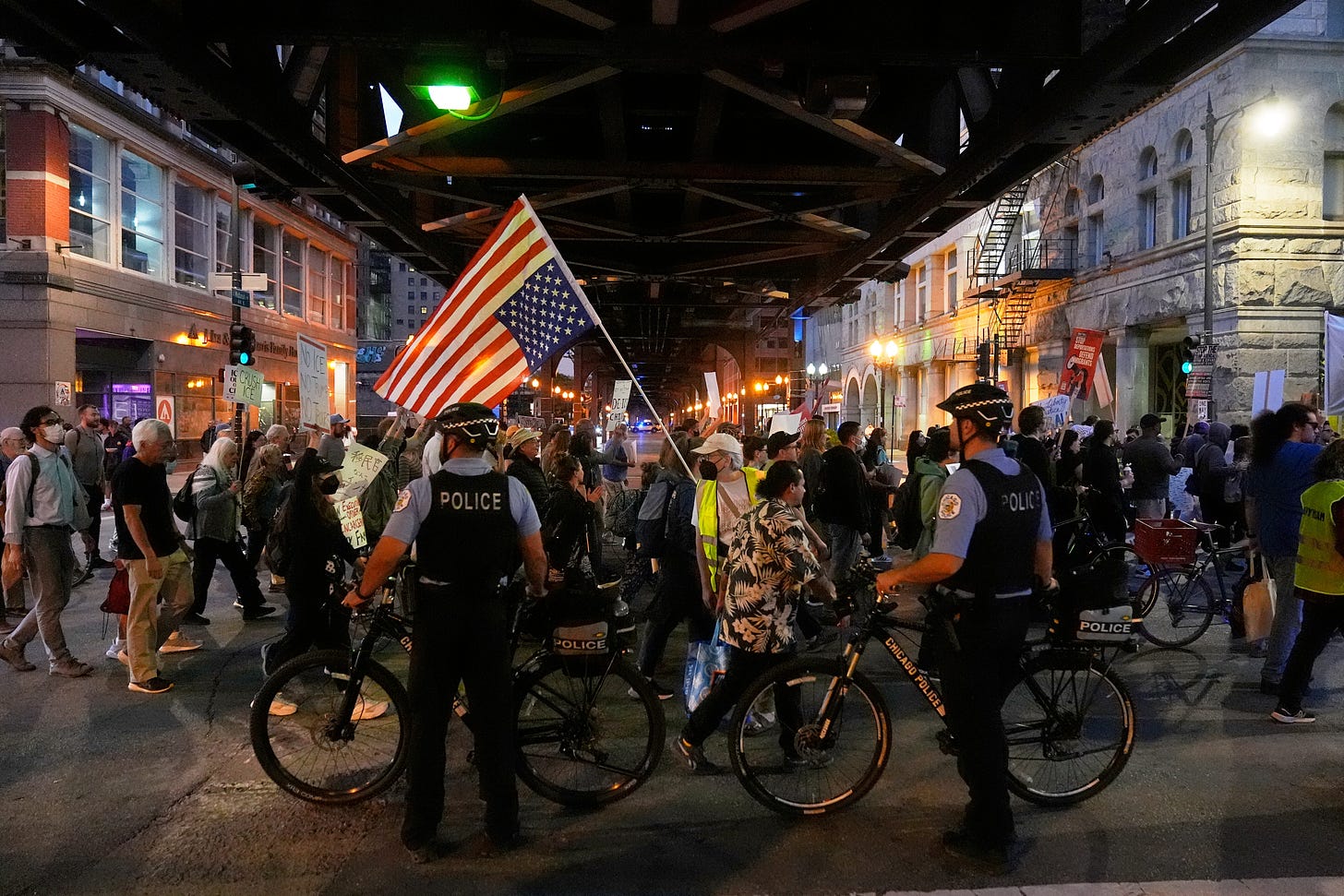The Only Way Is Peace
In an age of chaos, the radical choice is calm.
Last week was a hideous, hideous one.
It goes without saying something is extraordinarily broken in the United States of America. Multiple school shootings, the murder of Charlie Kirk, the talk of civil war, and palpable fear of more violence in a nation already awash in it.
It’s just fucking horrible.
…




